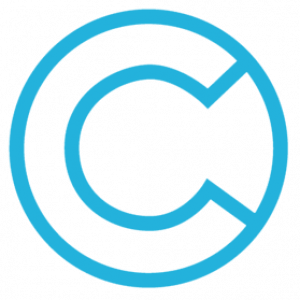How does the sequence work on a boiler cascade system?
In a cascade system, multiple boilers are configured to work together to provide heating or hot water. The sequencing of the boilers is typically controlled by a central controller/sequencer or building management system (BMS). The exact configuration can vary depending on the specific system and manufacturer, but here is a general overview of how the boiler sequencing in a cascade system is typically set up.
- Load-based Sequencing: The primary objective of the sequencing is to efficiently meet the heating demands of the building. Load-based sequencing involves monitoring the building’s heating load and adjusting the number of boilers in operation accordingly. When the heating demand is low, fewer boilers will operate, and as the demand increases, additional boilers will be brought online to meet the load.
- Rotation: To distribute the runtime evenly across all boilers in the cascade system and prevent excessive wear on a single unit, a rotation sequence can be implemented. This means that the lead boiler, or the one that has been running the longest, will be cycled to the end of the sequence, and the next boiler in line will become the lead boiler. This rotation can be based on factors such as operating hours or number of cycles.
- Modulating Firing Rate: Each boiler in the cascade system can be equipped with modulating burners, allowing them to adjust their firing rate based on the heating load. The central controller can monitor the overall heating demand and modulate the firing rates of the boilers accordingly, ensuring optimal efficiency and comfort.
- Failover and Redundancy: Cascade systems often have built-in redundancy to provide backup in case of a boiler failure. The controller can be programmed to automatically activate a standby boiler or boilers if a primary unit malfunctions or requires maintenance. This ensures uninterrupted heating service.
- Temperature Control: The central controller monitors the system’s water temperature and adjusts the operation of the boilers accordingly. It may activate additional boilers if the system temperature drops below a set threshold and deactivate them if the temperature rises above a specific level.
It’s important to note that the actual sequencing configuration may vary depending on the specific manufacturer, model, and control system being used in the cascade system. It’s recommended to consult the manufacturer’s documentation or contact their technical support for precise details on configuring the sequencing for a particular system.





